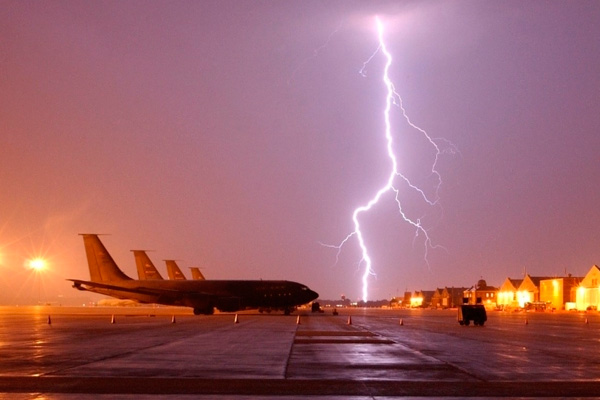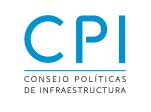WORLD BANK ORG. – Imagine a tightrope walker, hundreds of feet in the air. Her balance bar has just the right amount of weight on each end and she’s pushing a wheelbarrow, it too with just the right amount of weight. Then the winds of COVID-19 begin to blow. The weight is no longer just right; it needs to be redistributed to avoid disaster. How much redistribution is just right? If there is too little weight taken off, too much weight left on, or any other imbalance created in the process, the whole venture fails.
No sector is worse hit by coronavirus than air transport. Even tourism will see domestic visitors long before airports recover significant international traffic levels. Current air travel is at some 5–10% of normal levels, and has been for several months. Even after recovery, air transport is likely to suffer: 2021 is likely to be 30% lower than 2019, with growth at 2–3% rather than the 4–5% that we expected pre-crisis. The entire air transport business model is evolving, with the potential permanent or semi-permanent reduction of lucrative business passengers—one of the key sources of revenues for airlines and airports alike).
Airport PPPs raise additional challenges, with contractual structures designed to respond to the air transport reality before Covid-19 hit. Most planned investments should be postponed if they don’t relate to safety for two reasons: to save money so the business can stay afloat and then to adapt to the lower traffic levels. This will mean amending PPP agreements to defer planned investment and agree to any implications like fees and revenue sharing.
Airports that invested in capacity levels anticipating future demand growth are unlikely to see those traffic levels, and may not be able to repay debt borrowed—much less interest to equity investors. Arrangements will need to be made with lenders and investors in the short term. In the long term, we’ll need to find a more sustainable solution for the loss of revenues and the change in operating context.
If the PPP contract does not include sharing of this risk, governments can choose to leave the tightrope walker to her own devices, hoping she finds a way to progress despite the strong wind. Given COVID-19’s massive effects, including the economic and debt maelstrom it’s driving, this is unlikely.
Rebalancing airport PPPs, even as the COVID-19 winds still blow

WORLD BANK ORG. – Imagine a tightrope walker, hundreds of feet in the air. Her balance bar has just the right amount of weight on each end and she’s pushing a wheelbarrow, it too with just the right amount of weight. Then the winds of COVID-19 begin to blow. The weight is no longer just right; it needs to be redistributed to avoid disaster. How much redistribution is just right? If there is too little weight taken off, too much weight left on, or any other imbalance created in the process, the whole venture fails.
No sector is worse hit by coronavirus than air transport. Even tourism will see domestic visitors long before airports recover significant international traffic levels. Current air travel is at some 5–10% of normal levels, and has been for several months. Even after recovery, air transport is likely to suffer: 2021 is likely to be 30% lower than 2019, with growth at 2–3% rather than the 4–5% that we expected pre-crisis. The entire air transport business model is evolving, with the potential permanent or semi-permanent reduction of lucrative business passengers—one of the key sources of revenues for airlines and airports alike).
Airport PPPs raise additional challenges, with contractual structures designed to respond to the air transport reality before Covid-19 hit. Most planned investments should be postponed if they don’t relate to safety for two reasons: to save money so the business can stay afloat and then to adapt to the lower traffic levels. This will mean amending PPP agreements to defer planned investment and agree to any implications like fees and revenue sharing.
Airports that invested in capacity levels anticipating future demand growth are unlikely to see those traffic levels, and may not be able to repay debt borrowed—much less interest to equity investors. Arrangements will need to be made with lenders and investors in the short term. In the long term, we’ll need to find a more sustainable solution for the loss of revenues and the change in operating context.
If the PPP contract does not include sharing of this risk, governments can choose to leave the tightrope walker to her own devices, hoping she finds a way to progress despite the strong wind. Given COVID-19’s massive effects, including the economic and debt maelstrom it’s driving, this is unlikely.





